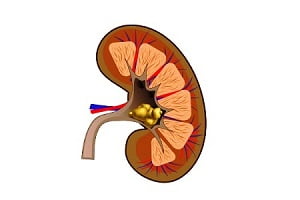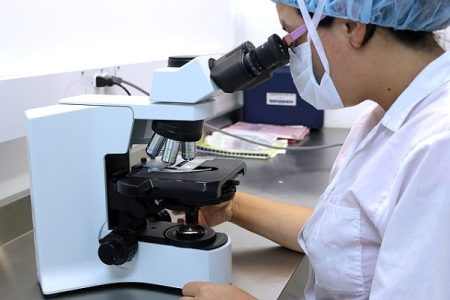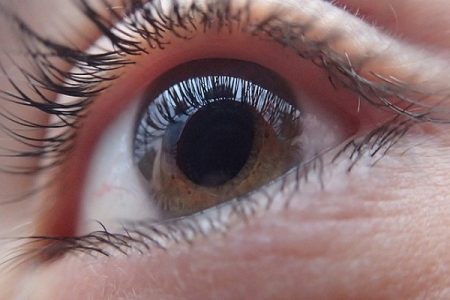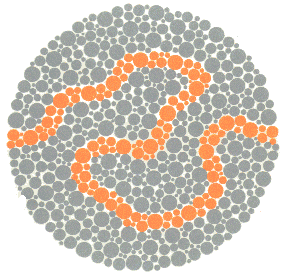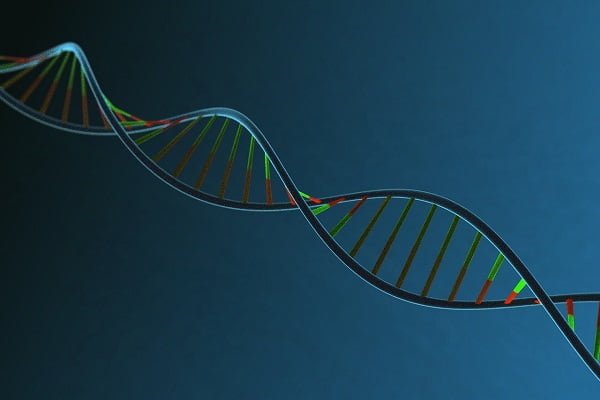
Color blindness, also known as color vision deficiency, occurs when photoreceptors in the retina of the eye lack certain light-sensitive pigments. In most cases, colorblindness is a hereditary defect, present since birth. Red-green color blindness is found to be the most common type of color blindness.
Is there a cure for color blindness?
As a temporary measure, color filter glasses or special contact lenses are suggested to some people to enhance the brightness between some colors. Also, there were many people who found this measure confusing and therefore, this is not always recommended.
There is no stated cure for color blindness but several researchers believe that their efforts and findings will lead to new methods to cure adult vision disorders.
Color blind cure: Gene therapy is the new hope
In recent last years, there were ideas to cure color blindness with the help of gene therapy. Researchers and scientists believe that with advancements in modern technology, gene therapy will rebuild the ability of patients to visualize all colors.
Gene therapy is still counted as an under-investigation research therapy and there still have been no trials conducted on humans. Recent known trials were conducted on mice and monkeys and have shown positive results. Scientists have got success in restoring color vision in two adult monkeys who were tested to be unable to distinguish between red and green hues since birth. With this experiment, the hope to cure color blindness in humans is rising high.
Color blindness is a defect which occurs when the retina has fewer or none of at least one type of cone. This leads to the loss of color spectrum. This research took place in University of Washington when an injection of cells administered into two squirrel monkeys proved to be a success. The procedure involved sub-retinal injections of a recombinant adeno-associated virus vector into the retina. Adeno-associated virus vector is a long-wavelength sensitive missing L-opsin gene carrying altered genetic information.
The squirrel monkeys were named as Dalton and Sam, both, lacked a gene known as L-opsin which led to colorblindness. The cause for red-green color blindness in humans is also the same. Jay Neitz, University of Washington, is the scientist who worked on this research for providing a colorful vision in monkeys. It was observed that after a period of 24 weeks, light sensitivity of the cones present in eyes of the monkeys shifted towards the red spectrum which they earlier couldn’t differentiate, reducing the effect of color blindness.
Another research at University of Florida Health was conducted on mice and was a successful attempt in finding that gene therapy restored crucial visual functions to the affected cone photoreceptor cells.
Gene therapy: Is there any risk associated with gene therapy treatment for color blindness?
Presently, three ongoing-human gene therapy trials are focused on loss of sight due to serious degeneration of the retina. There are chances that sub-retinal injections might have some side effects such as irritation or infection, risks of permanent retinal detachment and blindness at the injection site. But during the research, the monkeys did not show any such particular side-effects.
Clinical trials on humans for this gene therapy are first reviewed and approved by the National Institute of Health’s (NIH) Office of Recombinant DNA Activities (ORDA)/ Recombinant DNA Advisory Committee (RAC) and by the Food and Drug Administration (FDA). Approval of an Investigational New Drug Application (IND) from the FDA and from Institutional Review Board (IRB) is also needed.
Dr. Wen-Tao Deng, UF College of Medicine’s department of ophthalmology, expressed a concern that in the current gene therapy method, there is a risk of detachment of retina. Dr. Deng also said that this might not be an ideal approach as this can lead to permanent damage to fovea, where the center of the field of vision is focused. Therefore, developing a “high penetration” vector to deliver the gene therapy will be a challenge.
